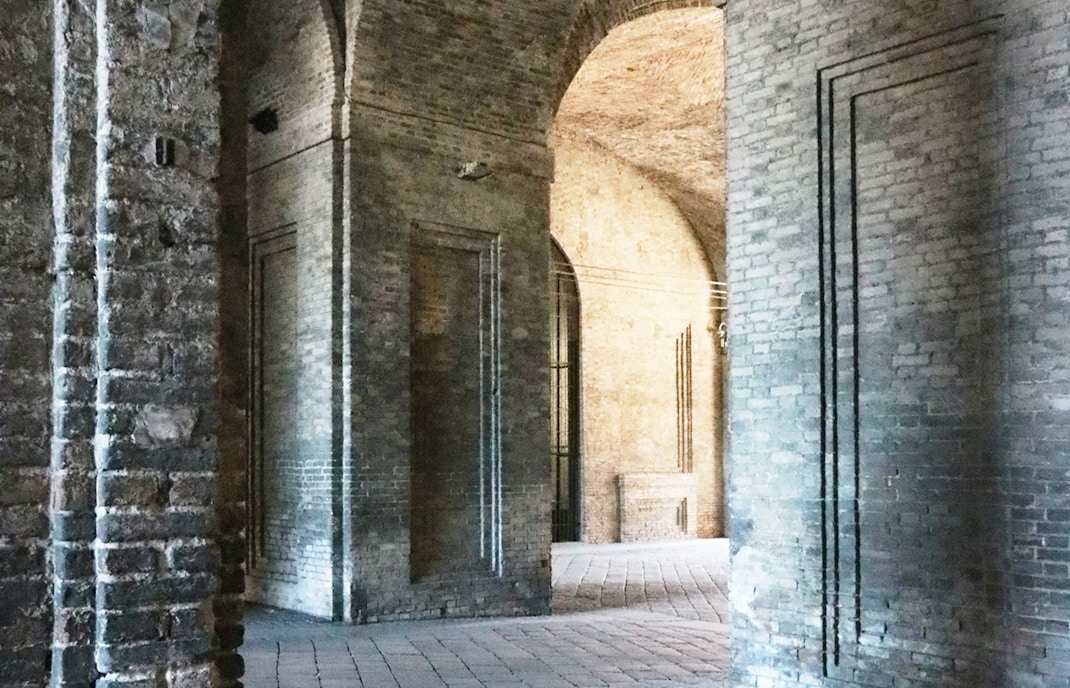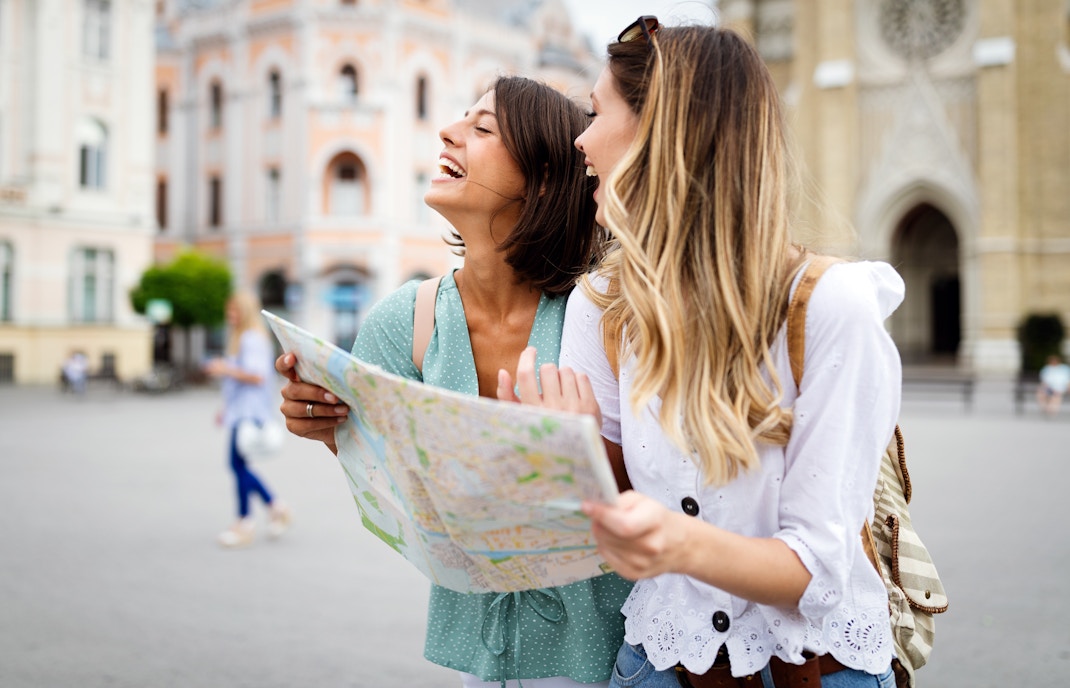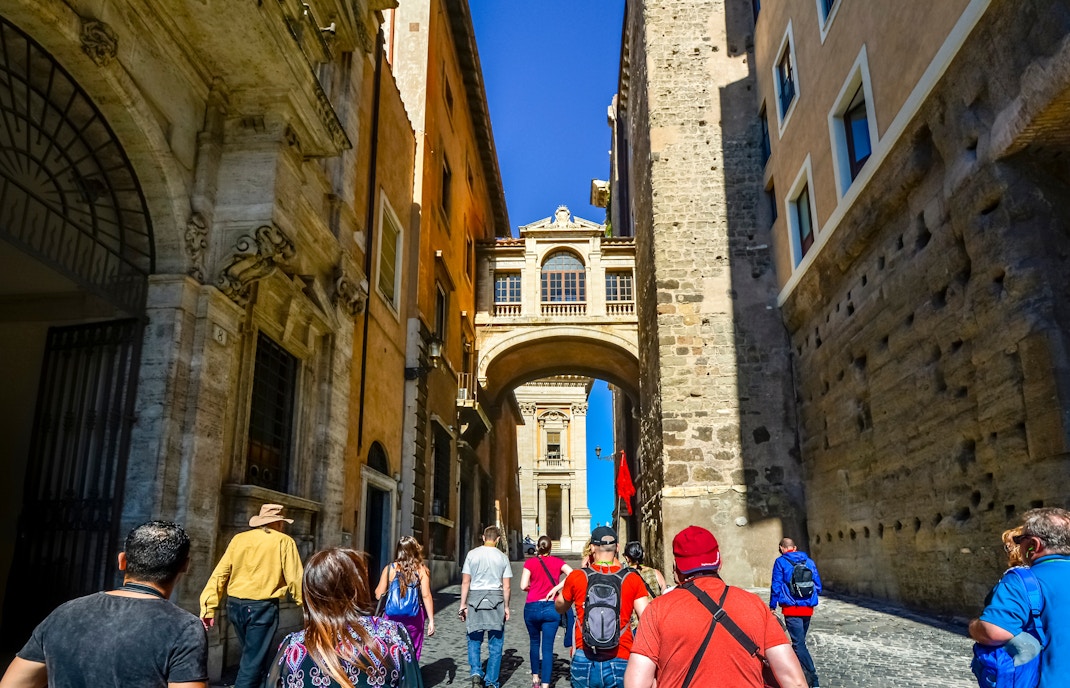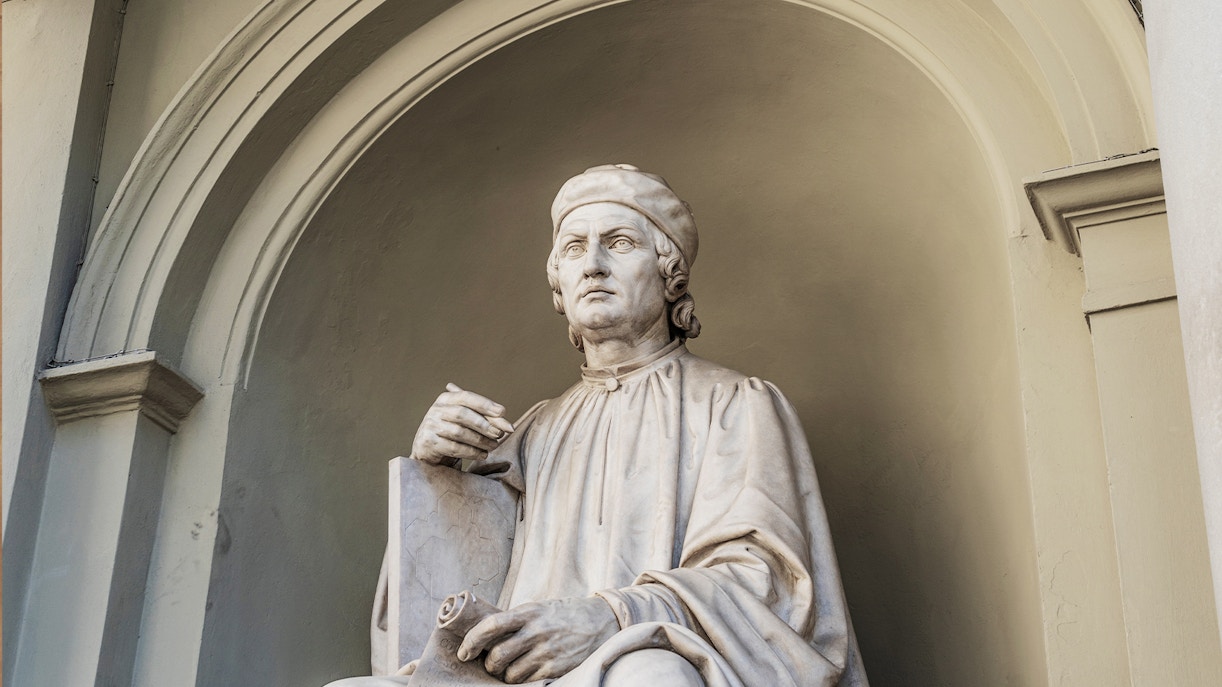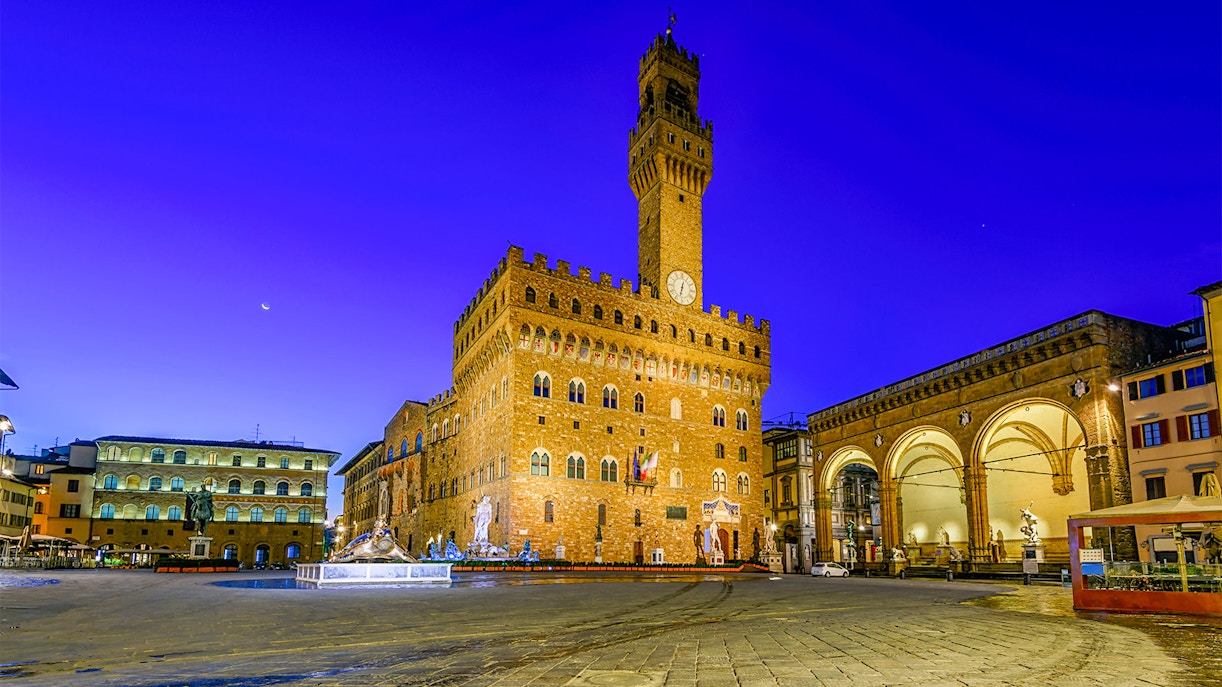The Museum’s facade, perfectly blending into the Loggia dei Lanzi of Piazza della Signoria, boasts a replica of Michelangelo's renowned David statue and a stunning array of sculptures, making the square look like a big outdoor art gallery.
Your journey through Palazzo Vecchio
Since this is still an active government building, only some parts of the palace are open to the public. The following sections are part of the museum.
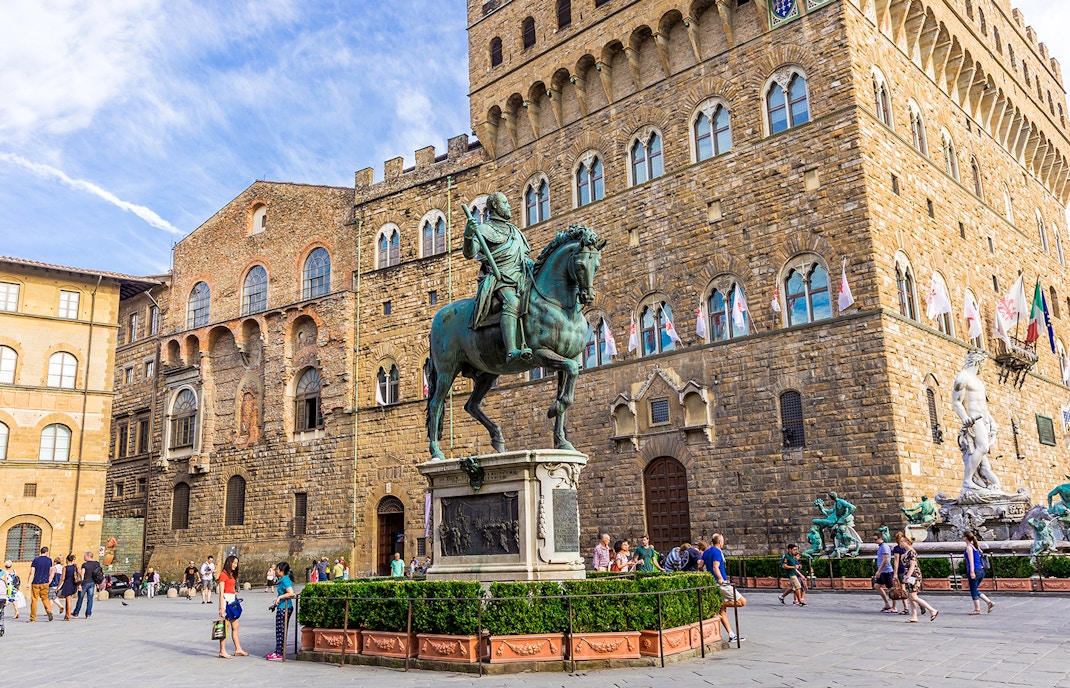
Square and facade
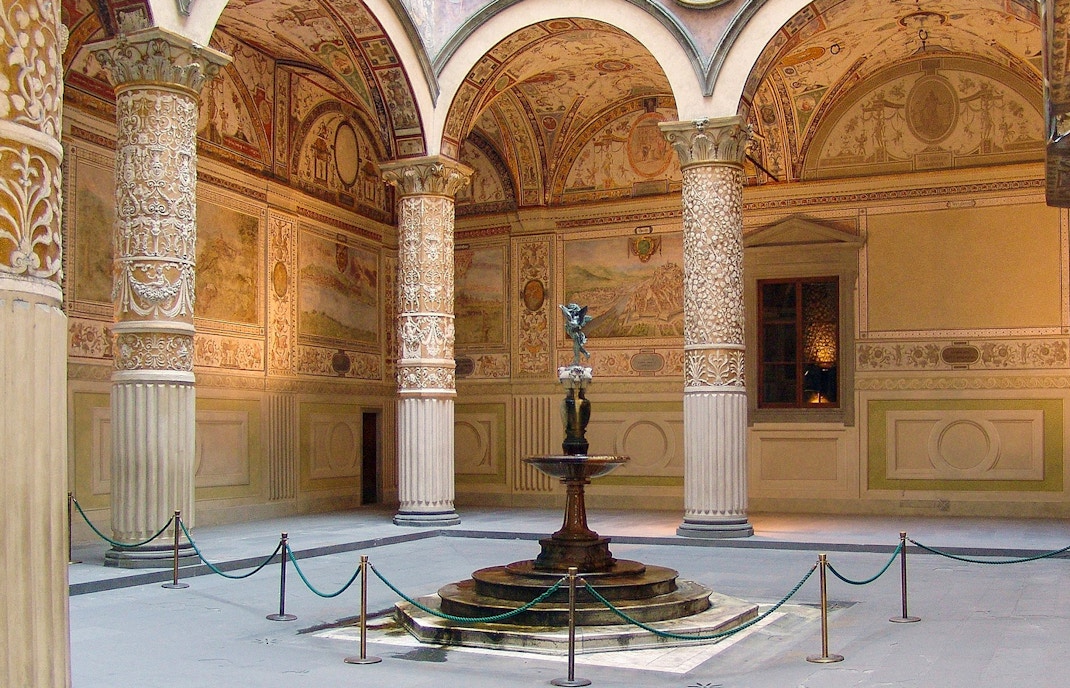
Ground floor
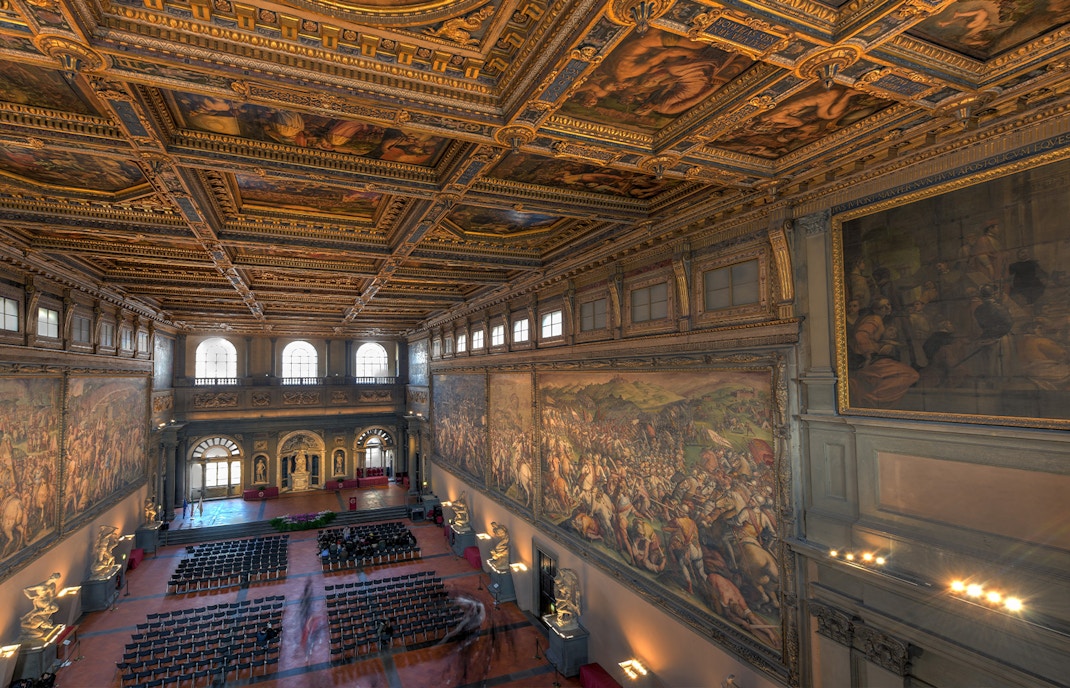
First floor
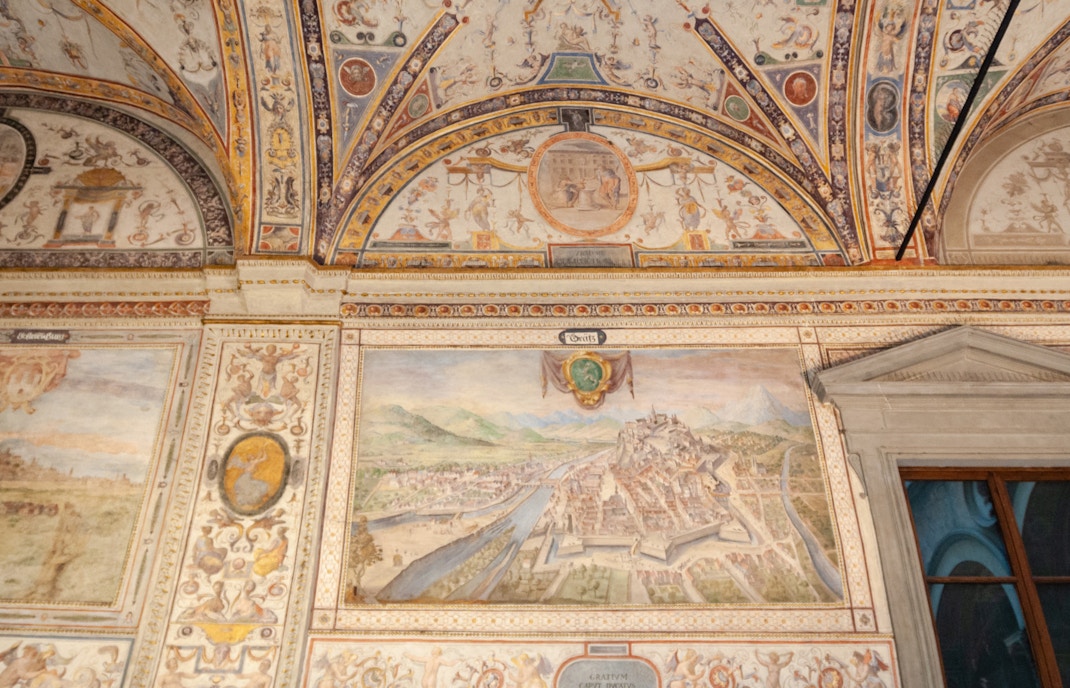
Second floor
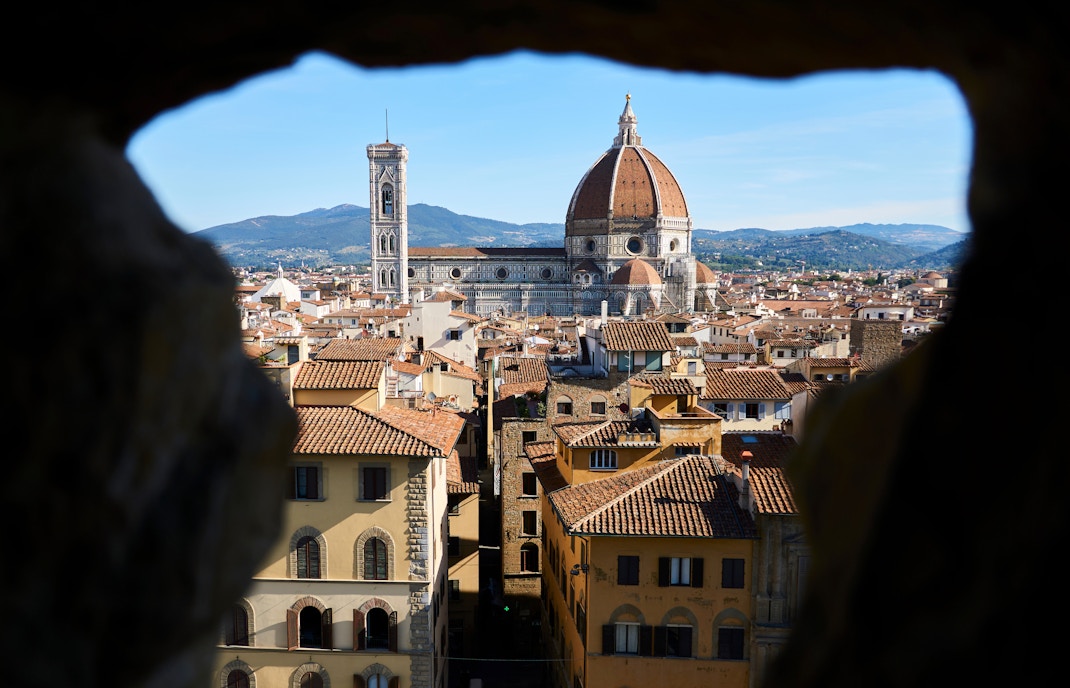
Climb Arnolfo Tower for breathtaking views
Discover Arnolfo tower tickets